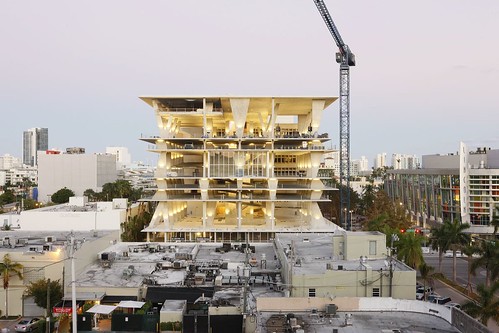
Who says carparks do not deserve to be architecture? Parking spaces, the most used but least occupied part of a building, are usually relegated to a banal and unabashedly functional appendage to the building or place which they serve, and if they are incorporated as part of a building, they are masked and obscured from view, as if attempting to pretend that they are not there, like an ostrich with its head in the sand. With such blatant aesthetic neglect and perfunctory treatment, architects are ashamed of carparks, urbanistic deserts met with scorn by urbanists.
At 1111 Lincoln Road in Miami, this conception of parking structures is rendered a stereotype. Designed by Herzog and de Meuron for the developer, Robert Wennett, the carpark is conceived as an extension of the urban fabric in which the whole development is situated, with a mix programme thrown in, a car park with a cultural and urbanistic dimension. Attached to the adjacent residential block, the parking structure is a stack of brute concrete planes, placed at different heights from each other, some extravagantly high, held up by an array of irregular trapezoidal columns. The edges of the concrete planes are lined with railings made of thin cables, virtually invisible. It is like a skeletal counterpart to the more solid volume which it is attached to. There is an abstract and subime quality not commonly associated with parking structures, raw and unadorned, spare and muscular. It is a refreshing change from the more exuberant and baroque fare that the architects have been serving up in the last few years. The whole structure is open and airy, cars are displayed in full view without shame. Retail shops line the ground level, with an island of retail space situated on level 5. (For those who are nearby, a Taschen bookshop will open there soon and at the level 5 retail space, there will be a shop called Alchemist stocking Rick Owens and Margiela among other labels.) The space on level 2 and 5 are available for use as event spaces, art installations, weddings and whatever you can think of.
The structure evokes a constriction site, the superstructure of a yet to be completed building waiting to be wrapped up and for potential programmatic content to be injected. It is this unspecificity that makes the intent of such a bare and open structure so painfully obvious. Easy adaptability makes the structure usable for a wide range of functions and limitless possibilities for retrofitting. There may come a time when the automobile no longer will play such a vital role in the running of our society, and something else will take precedence. And it will be this time when the architecture of this structure can express it's true potential. It is a building designed to change with an elastic programming that is built into it from the very start. The quest for one offs and specificity becomes at best a foolish ideal; the dictum form follows function superseded by form accommodating functions.
"Christine Binswanger, the partner at Herzog & de Meuron in charge of 1111 Lincoln Road, tells of a nervous phone call from Wennett the day after it opened for business. "Most people don't know what it is," he said. "Those who know what it is think it's unfinished. Those who know it's finished don't know how to get in." When I visited, it wasn't yet humming quite in the way it is supposed to."
the observer 28.3.10

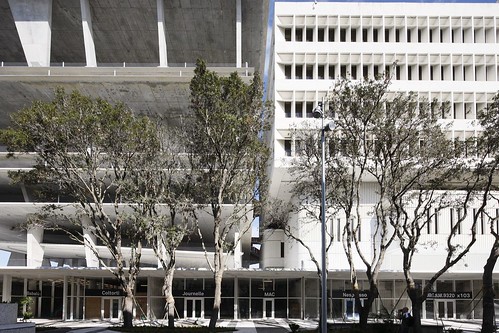
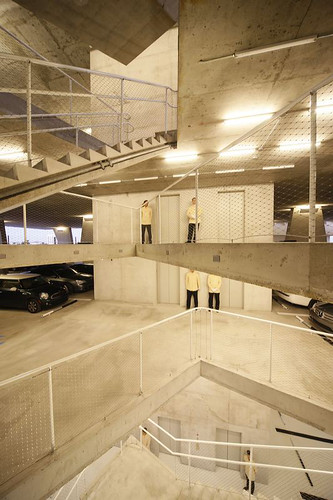



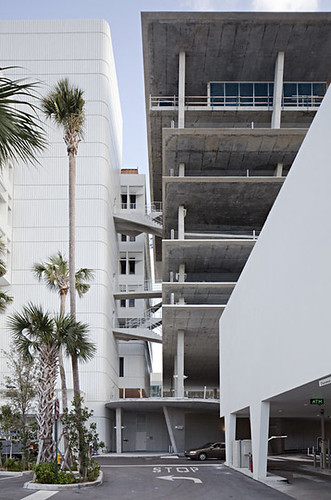
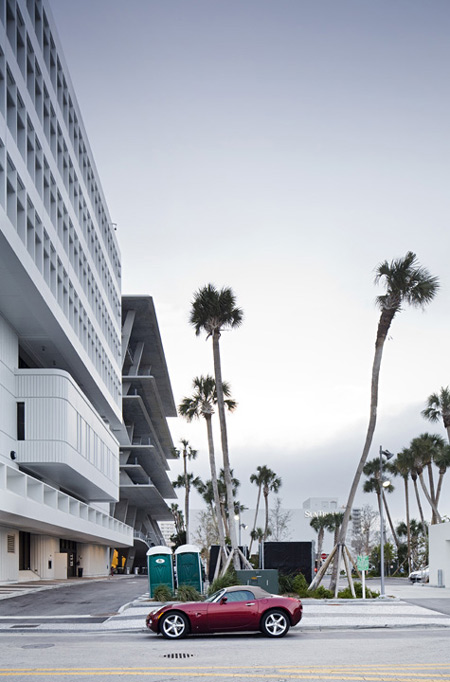
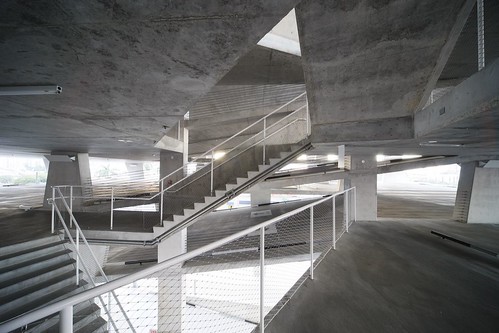
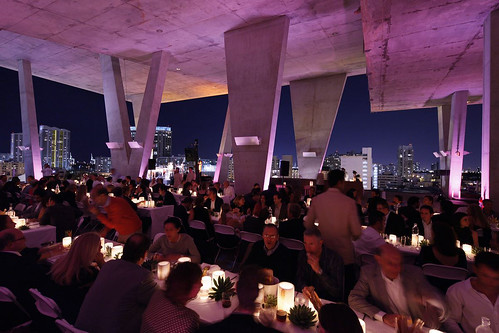

No comments:
Post a Comment